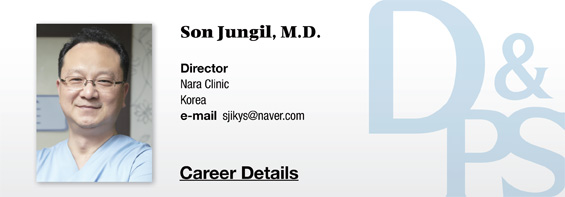
Imported vitamin C is in the form of powder, which is divided into three grades depending on purity. The lowest grade is crystal, medium grade is fine and the highest grade is ultra-fine. When shaken, the powder produces different sounds depending on the grade, with crystal sounding like sugar and ultrafine being very quiet due to its very fine particles.
The crystal grade is generally sold in the form of tablets, chewables, or in beverages. On the other hand, fine or ultra-fine grades are sold in the original powder form. The purer the vitamin C, the less it is processed into different formulations to preserve the purity. Fine grade powder vitamin C is generally sold at a lower price than the ultra-fine grade.
Key Benefits of Vitamin C
The main benefits of vitamin C include antioxidant (detoxifying) action, collagenesis, circulation, and vascular health. Vitamin C is also known to improve immune strength, alleviate allergic reactions, help release adrenal hormones, promote iron absorption, and inhibit melanin production, etc.
[Advertisement] FCR® (Fractional Prickle CoralCalcium Regentron) – Manufacturer: (www.illglobal.com)]
Antioxidant Action
As it is derived from glucose, vitamin C’s chemical structure is similar to that of glucose. However, glucose is the main source of caloric energy, whereas vitamin C is a potent antioxidant. Vitamin C’s potency comes from its dual antioxidant actions.
Antioxidation refers to the action that prevents oxidation or restores from oxidized state. Cells become oxidized from exposure to oxygen free radicals and antioxidants protect cells from such damage and restores cells to pre-oxidation state. For example, our cells suffer oxydative damage when we overeat, do not get enough sleep, are stressed out, or do strenuous physical exercise. This can lead to various types of inflammation, cell aging and a higher risk of cancer.
Vitamin C’santioxidant action helps restore cellular function and promote liver detoxification, slow aging, prevent cancer, and strengthen immunity, etc.
Promotion of Collagenesis
Vitamin C promotes collagenesis. Collagen takes up about 25-30% of all proteins in the human body.It is an important ingredient of ligaments, muscle, cartilage, vascular walls, skin, nails, and hair, etc. Some people believe that ingesting or topical application of collagen can increase collagenesis. However, ingested collagen is degraded in the stomach into amino acids which does not always turn into collagen. Topical application does not help transdermal absorption of collagen either.
The most important actor in collagenesis is vitamin C. The chemical structure of collagen is a thin string of repeated connections between glycine, lysine, and proline. These three amino acids bond to form collagen in five steps and vitamin C is involved in all five steps. Therefore, long-term daily intake of vitamin C can help maintain healthy and youthful connective tissues and skin. In scurvy, bleeding occurs because vascular walls turn brittle and break due to collagen deficiency.




















